|
The renowned veteran Masman, Peter Minshall, is one of Trinidad and Tobago’s most influential icons of Carnival!
Minshall was born on July 16th 1941 in Georgetown, Guyana and his family migrated to Trinidad and Tobago in the late-1940s. He grew up in POS where he was exposed to Carnival from a young age, before leaving to study Theatre Design in London. After graduating, he worked in costume design and mas. He became part of the multi-ethnic West Indian Theatre, as well as Notting Hill Carnival, where he was one of the first persons to design costumes. When he returned to T&T in 1974, he brought these experiences with him to create his “From The Land of the Hummingbird” costume for his sister Sherry-Ann Guy (Coelho). It showcased one of his earliest innovations: the articulated bird wing. In 1976, he designed his first full Carnival band “Paradise Lost” which won the 1976 Band of the Year title. In 1978, he produced “Zodiac”, followed by 1979’s “Carnival of the Sea,” which won Band of the Year in all categories. His monochromatic “Danse Macabre” (1980) and “Tan Tan and Saga Boy” (1990) showcased his creativity in movement, with the two towering, 15-foot dancing mobiles of Tan Tan and Saga Boy being moved by just two individual performers. Minshall appreciated the value of mas as a form of creative expression, and his Carnival creations and trademark dancing mobiles garnered international acclaim. He was invited to design and direct segments of the Summer Olympics in Spain in 1992 and in Atlanta, Georgia in 1996, followed by the Winter Olympics in Salt Lake City in 2002. In 1982, Minshall was awarded a Guggenheim Fellowship, the Trinity Cross in 1996 for Art and Culture, and Trinidad and Tobago’s first Emmy Award for his segment in the Opening Ceremony of the 2002 Olympic Winter Games. Photo 1 shows Carol Aqui as "Madame Cocette", designed by Peter Minshall, from his 1981 Band of the Year. This photo is from the 1981 Trinidad Carnival Magazine, Special BWIA Souvenir Edition which is part of the National Archives of Trinidad and Tobago Carnival Magazine Collection. Photo 2 shows Sherry-Ann Guy winning Individual of the Year in 1974 with her “Humming Bird” costume created by Peter Minshall. This photo is courtesy of the magazine, “Trinidad Carnival 1974: The Greatest Spectacle on Earth” which is part of the Nasser Khan Carnival Magazine Collection at the National Archives of Trinidad and Tobago. References: Bastien, Elliot, and Sandra Bernard-Bastien. World Class Trinidad & Tobago: an Area of Abundance: Profiles of Performance. Sekani Publications, 2006. Pacifique-Marshall, Virginia, et al. The Carnival Suite: a Collection of Traditional Carnival Characters of Trinidad and Tobago. StarApple, 2014. (Source: National Archives of Trinidad & Tobago, Feb 18, 2023)
0 Comments
The record-holder for most Band of The Year Titles is master designer, Wayne Berkeley! Known as the bandleader responsible for bringing fantasy mas to Carnival, Berkeley’s costumes resonated with masqueraders who had known only historical presentations during the 1950s-1960s. His intricate and creative designs heralded a new form of mas, which brought a degree of imagination and variety to Carnival that continues to live on.
Born in 1940, Berkeley grew up in Belmont, opposite the mas camp of Harold Saldenah. During the 1950s, he attended St. Mary’s College while studying Art under one of Trinidad’s leading artists, M. P. Alladin, and his artistry flourished. Upon graduating, he moved to London for a few years where he continued studying art while working for the BBC as a set designer. He soon returned to Trinidad, bringing with him all that he had learned and became a professional designer, working on movie productions, and art exhibitions. In 1965 he was asked to design his first Carnival band, and also designed his first Carnival Queen costume for Pauline Figueroa, which won the 1965 Jaycees' Carnival Queen contest and catapulted Berkeley to nationwide fame. Berkeley’s designs were professional, meticulous and resourceful, utilising local items like cocoyea sticks, straws, shells and old casks to create his costume pieces. Over his 50-year career he produced eighteen bands, with nine of them winning Band of The Year. In addition to mas, he also designed Carnival Queens, with his presentations winning twelve times. In 1974 he was awarded the Humming Bird Medal (Gold) for his contributions to Carnival, as well as the 2004 Cacique Lifetime Award for his contributions to Theatre, as he was constantly in-demand abroad in Europe and the United States as a theatrical designer for Vegas musicals, and art exhibitions. Photo 1 shows Johnny Boos as “Jewel of Ceylon” in Wayne Berkeley’s “Kaleidoscope,” the 1974 Band of the Year, courtesy of the Trinidad Carnival Magazine, Special BWIA Souvenir Edition, 1974. These magazines are part of the The National Archives of Trinidad and Tobago Carnival Magazine Collection. References: Lindo, Paula. “Berkeley Mas Re-Enters Carnival with Tradition Reimagined.” Trinidad and Tobago Newsday, 5 Feb. 2023. Jacob, Debbie. “Wayne Berkeley: Trinidad’s King Carnival.” Caribbean Beat, 1992. (Source: National Archives of Trinidad and Tobago, Feb 17, 2023) FROM The HEART…
Anyone who knows anything about me knows that I love music. It is key to all that I do. The truth is one of those early artists who centered me and gave me context and perspective was Black Stalin. He had a way of drilling down always to the core - his message always rooted in truth, justice and solidarity. Black Stalin was one of our region's finest masters of calypso; both his lyrics and his melodies expertly captured the rhythm and vibe and voice of the Caribbean. He was accutely conscious of our shared history, culture, passions and concerns and expressed them in his songs in a way we never could ourselves. In the true tradition of calypso, Stalin was also a griot, chronicling the issues and philosphies impacting our daily lives. No more so was it evident than in that iconic Caribbean Anthem that remains our Holy Grail of the Caribbean Civilization. Who else has more poignantly reminded us that “we are one people on the same trip coming on the same ship”; “pushing one common intention for a better life for we women and we children. That must be the ambition of the “Caribbean Man””; even more so, as we get ready to celebrate 50 years of CARICOM in 2023! Not to be limited to the Caribbean region, Black Stalin emboldened those of us fighting the consequences of colonialism and the horror of apartheid with his exhortations to Peter in “Burn Dem”. This was a powerful reminder of the exploitation and the oppression of black people by whoever and wherever! Yes his intention was achieved - to empower us with the resolve to keep fighting the battle for Justice. Black Stalin’s songs were really about Nation Building, a task to which he was as committed as any Caribbean leader. Yes, he reminded us early on that “Dorothy” and the tales of jamming her would have to take second place to his concerns as to where the oil money went. But perhaps his most far-reaching song was yet another anthem - that of the “Black Man”. After centuries of dehumanization of the Black Man and the Black Woman, Black Stalin validated the importance and dignity of the Black Man (after all his hard work and struggles) to be able JUST to fete with his woman. Yes he saw us all! Our Black Stalin reminded us of the real concern of “Sufferers” - not to be wallowing in bigotry nor to be used as a background for many others in their causes but in being singularly concerned as to where the next meal is coming from. Never forget it! We give thanks for the life, work and passion of Leroy Calliste who at the time of our Caribbean Nation Building reminded us always that “We can make it if we try”. I was unapologetic in using its power of inspiration. A song without boundaries and sovereignty - a tribute simply to the human spirit. This was one of the key songs that I chose during the COVID 19 Pandemic to use on the highways and by-ways across Barbados as we worked to encourage our people to stay the course and to keep our heads above water. We urged as he would - as we all knew - that if we simply try and work together “Better Days are Coming!” We in the Caribbean have lost one of our greatest Nation Builders. Each word of his, each sentence of his, carefully crafted by a Maestro to to tell OUR story of the Caribbean and OUR people. OUR STORY! May we work hard to keep his music alive across this Caribbean with each succeeding generation. May his work inspire others as it has me on my life’s journey! he ancient whip-making process that our local #CarnivalArtisans use for traditional Jab Jab whip fighters. This Mas is a form of martial arts passed down by our ancestors.
: Shown here is the Original Whip Master, Mr. Ronald Alfred from Couva, Trinidad. Courtesy Export Centres Company Limited, T&T (Source: Omardath Maharaj, Feb 3, 2023) From generation to generation....16 year old Jude Charleau portraying the Dame Lorraine "Madame Bosee, the Old Woman and the Shoe" today at the savannah for Junior Individuals, Boys 11-17. His mother Tracey Sankar-charleau and her sister Nadia Sankar played this Mas with their mother June Sankar. Tracey's daughter Nathaniel and another of her sons Joshua have also played this Mas.
Jude made the amazing shoe that you see on his back. Stunning details. While the Dame Lorraine is played extensively by women today, it is a mas originally played by men. Jude made his own costume and the attention to detail was striking. What you can't see in this photo is that he had an exquisite shoe on his back. Will share a view of that in another post. "At the start of the 19th century, Trinidad’s upper-class ladies dressed for masquerade balls in voluminous flowing gowns. Decked with exquisite jewellery, they danced elegantly through the night — observed through the windows by their slaves and servants. Naturally, these aristocratic ladies and their refined airs were prime targets for mockery when the freed slaves held their own Carnival celebrations, and thus evolved the burlesque character of the Dame Lorraine. Copying the ladies’ fine gowns with whatever materials they could find — assorted rags, makeshift fans and hats, shiny objects imitating jewels — the masqueraders mocked the pretensions of respectable society. Over time, the Dame Lorraine mas became more elaborate. Heavily padded breasts and posterior reinforced the parody, and a large “pregnant” belly hinted at less than immaculate morals. Fine wire mesh masks, with eyes and mouth painted in, lent the masquerader the safety of anonymity. In Port of Spain’s backyards, the Dame Lorraine evolved into a theatrical event, enacted at midnight on Carnival Sunday for an eager audience. Imitating the stately scenes at the old plantation balls, a “butler” introduced arriving couples, who then performed exaggerated versions of formal dances, accompanied by small cuatro bands. ...Beneath the masks were cross-dressing men, many of whom happened to be the descendants of the very French planters they were mocking." Dylan Kerrigan, Creatures of the Mas, Caribbean Beat, Jan/Feb 2005 #damelorraine #traditionalmas #carnivalheritage #carnivaltraditions The celebration of Carnival first came to Trinidad and Tobago with French planters and enslaved Africans after the Cedula of Population in 1783. It was celebrated mainly by the French elite and included masked balls, parading through the streets of Port of Spain, and visiting each other’s estates for various events.
Whilst enslaved Africans were barred from participating in these events, they performed and enjoyed their own activities, such as kalenda (stick fighting), juba and bélé dances. During the 19th century, Calypso music also developed in Trinidad, from the West African music that was brought by enslaved Africans. After Emancipation in 1838, the formerly enslaved began joining in the Carnival festivities by masking, dancing, stick-fighting, and mocking the white planters, bringing radical changes into the pre-Lenten revelry. Popular masquerades during this period included devils, clowns, mokos, and Canboulay (cannes brulées), which had become an important feature of the Carnival to commemorate Emancipation. This illustration shows Carnival in Frederick Street, Port of Spain in 1888 by artist William Heysham Overend from the “Illustrated London News”, courtesy of the book “The Trinidad Carnival”, by Errol Hill. It is part of the National Archives Exhibition “Carnival of Long Ago”. References: “Carnival of Long Ago” National Archives of Trinidad and Tobago Exhibition, http://www.natt.gov.tt/.../Carnival_Exhibition_Board.pdf  rinidadian author Anthony Joseph has won the TS Eliot prize for his collection Sonnets for Albert. Joseph won the £25,000 poetry prize for his work which is described as an autobiographical collection that weighs the impact of growing up with a largely absent father. Born in Trinidad and Tobago, Joseph migrated to the United Kingdom in 1989 at the age of 21.He lived with his grandparents and loved music and poetry from young. He told Loop News in an earlier interview that he grew up in an environment that taught him in order to succeed he had to go away. In addition to producing five poetry collections, Joseph has authored three novels among them Kitch: A Fictional Biography of a Calypso Icon, which was shortlisted for the Republic of Consciousness prize and the Royal Society of Literature’s Encore award and was longlisted for the 2019 OCM Bocas prize for Caribbean literature. He is also a musician and had eight critically acclaimed albums to his credit. Joseph is the second Trinidadian to win the lucrative prize. In 2020 dub poet Roger Robinson won the prize. He was on the panel of judges which included Chair of judges Jean Sprackland, and 2021 Costa book of the year winner Hannah Lowe. The judges said each of the shortlisted books “spoke powerfully to us in its own distinctive voice”. Sprackland said: “From this strong field our choice is Sonnets for Albert, a luminous collection which celebrates humanity in all its contradictions and breathes new life into this enduring form." This year saw a record 201 submissions. (Source; The Loop, Jan 18, 2023) |
T&T news blogThe intent of this blog is to bring some news from home and other fun items. If you enjoy what you read, please leave us a comment.. Archives
June 2025
Categories
All
|
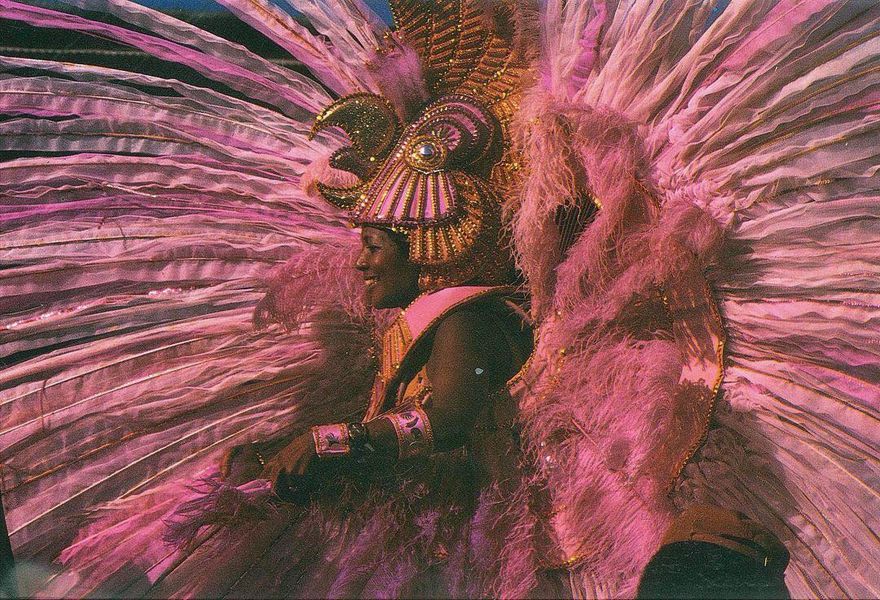
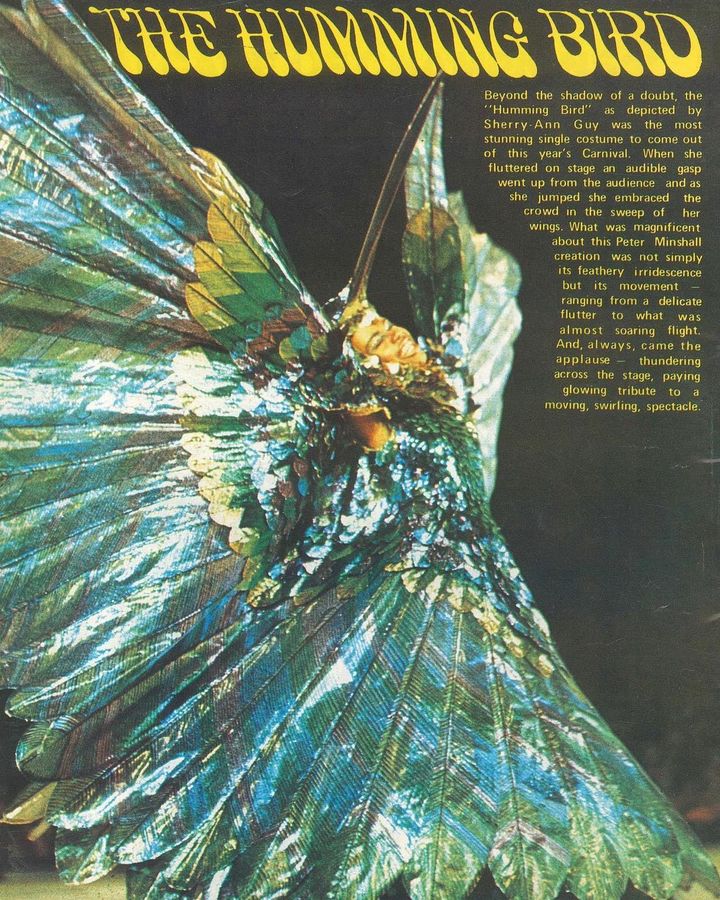
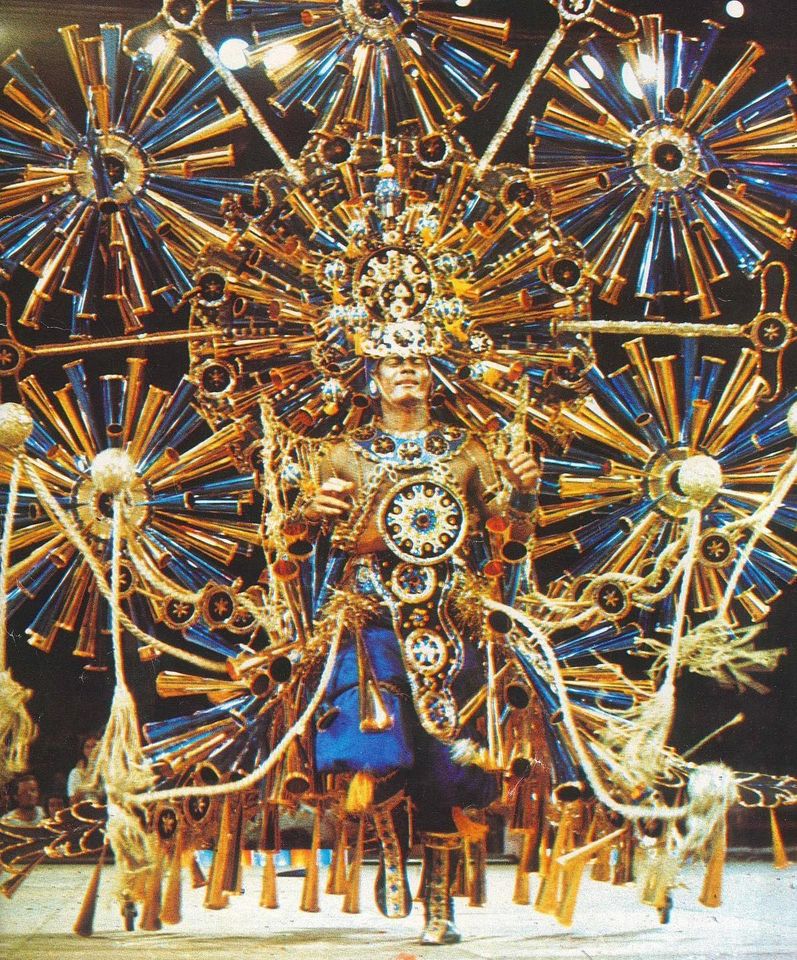
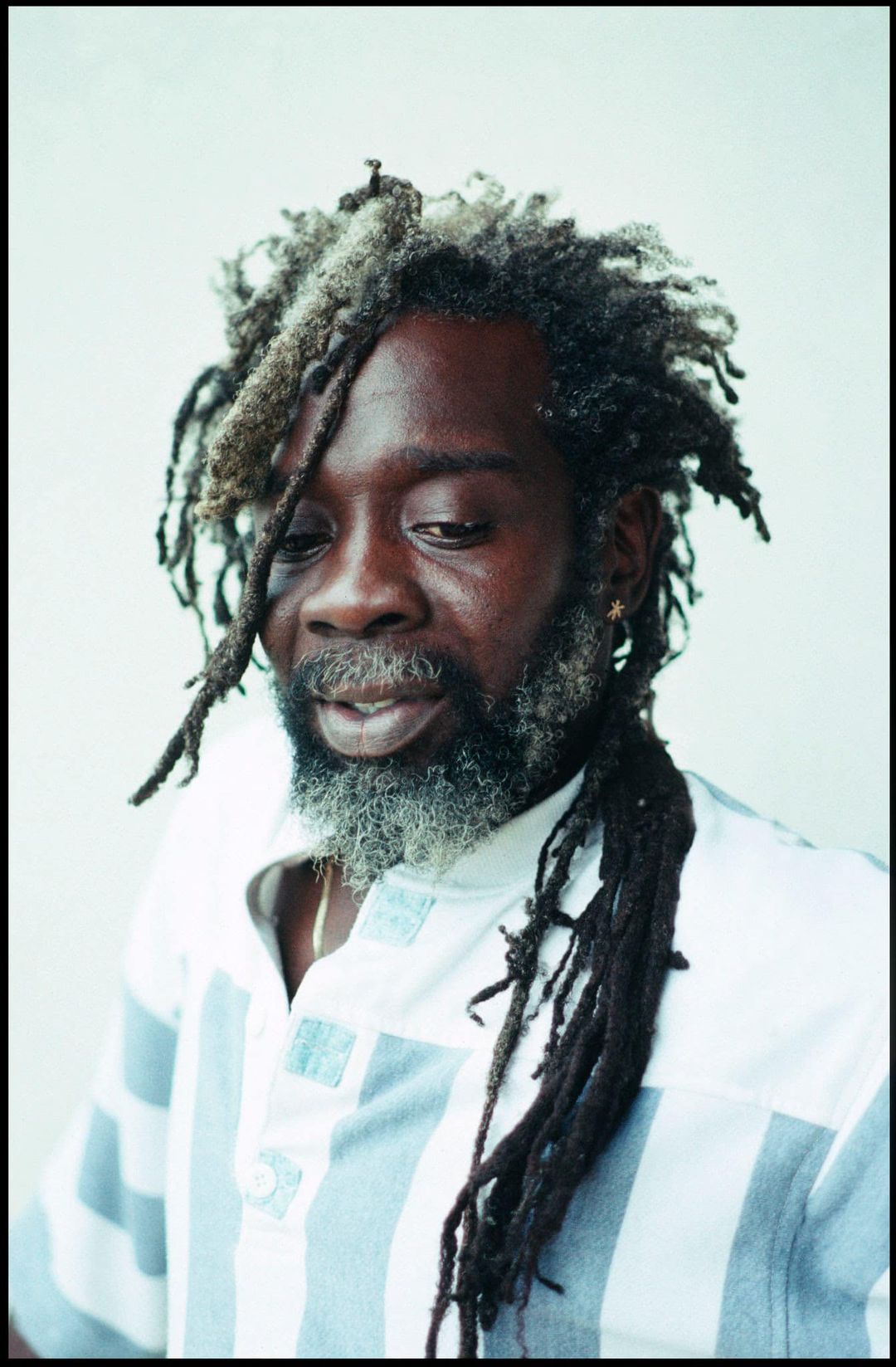









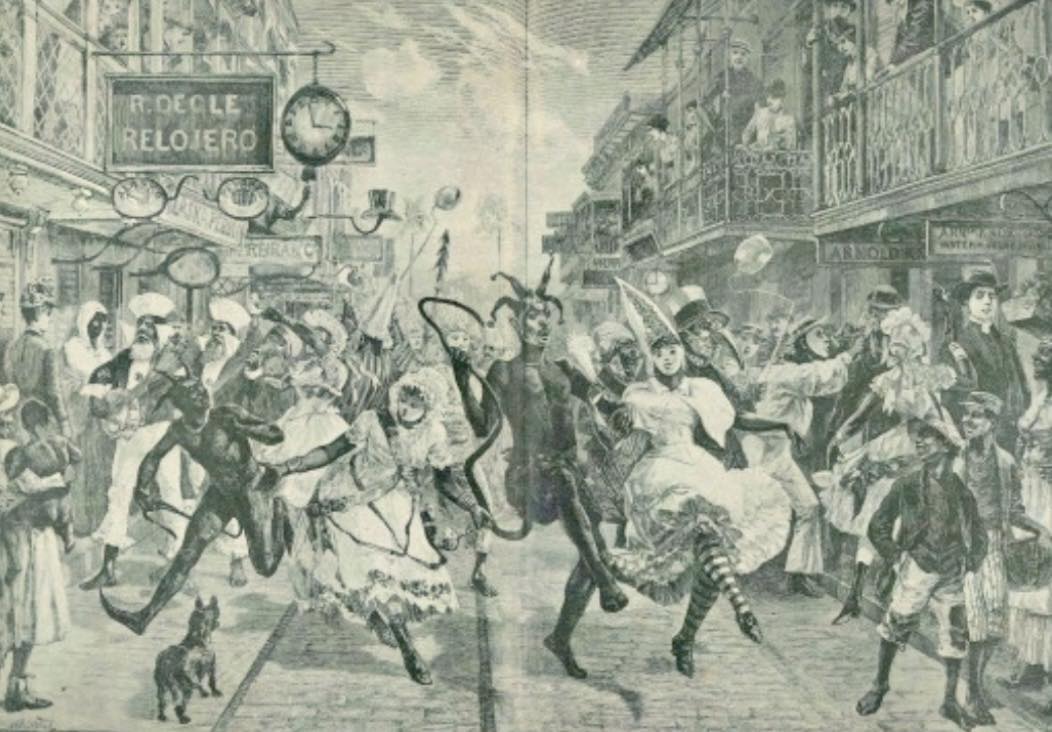
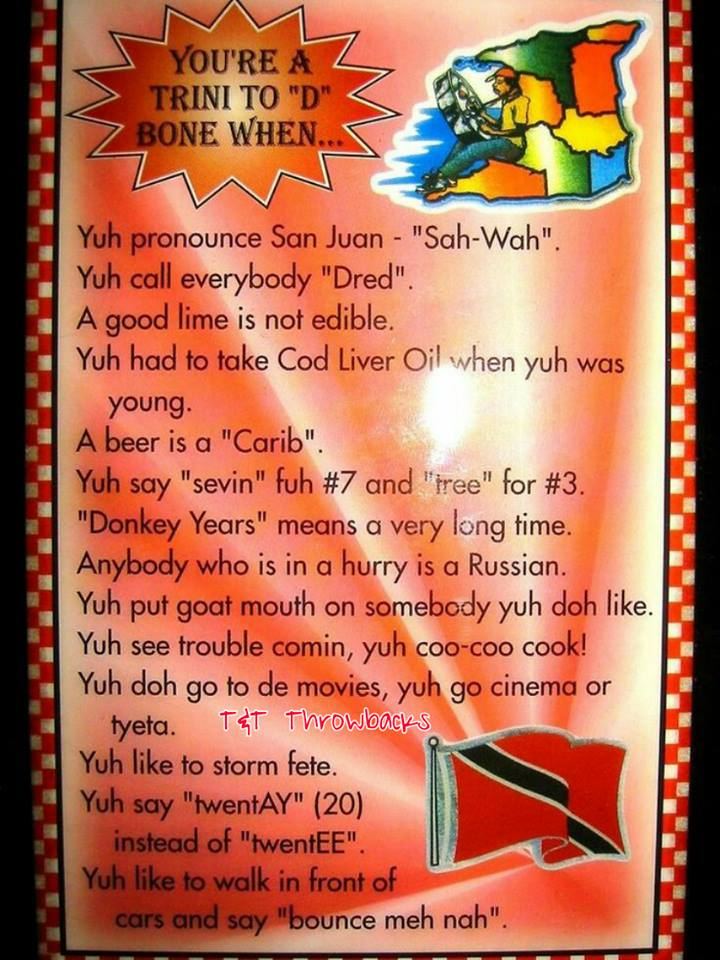

 RSS Feed
RSS Feed